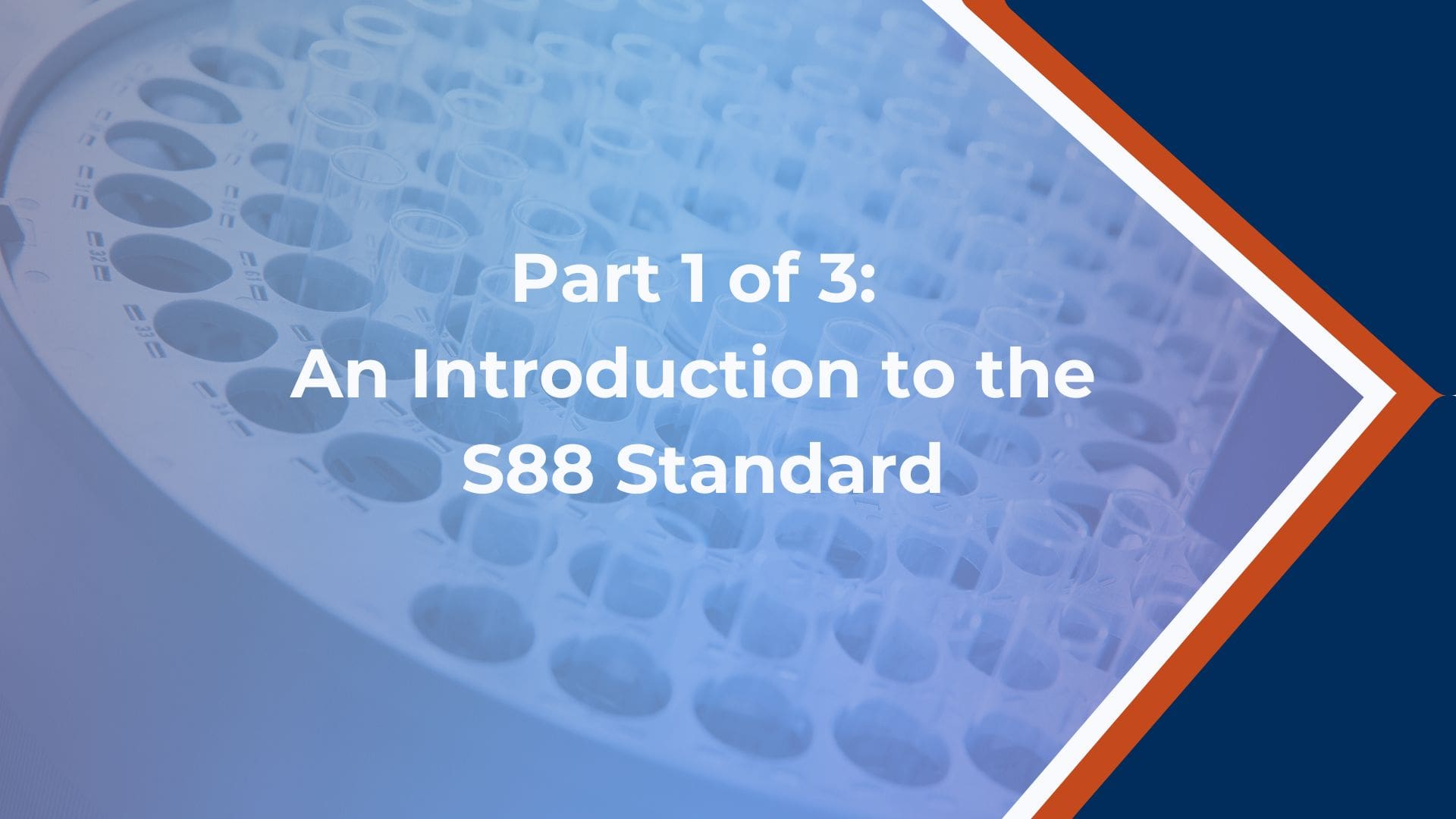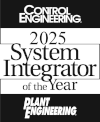
Where did the S88 Standard for Batch Control Systems Stem From?
In the world of industrial automation, the S88 standard, also known as ANSI/ISA-88 or Batch Control, plays a vital role in providing a universal framework for the control and automation of manufacturing processes. Developed by the International Society of Automation (ISA), the S88 standard offers a structured approach to designing, implementing, and maintaining batch processes.
For those who are new to the S88 standard and want to delve into its applications across various industries, this three-part blog series will serve as a guide to understanding the fundamentals of the S88 standard, its benefits, and an overview of its working principles.
What is the S88 Standard for Batch Control Systems?
The S88 standard provides a comprehensive and modular methodology for designing, implementing, and managing batch processes in industries such as pharmaceuticals, chemicals, food and beverage, and many others. It establishes a consistent and structured approach to defining the equipment, control strategies, procedural operations, and information systems required for effective batch process automation.
Within the ISA-95 framework batch systems adhering to S88 standard are identified as Level 2 systems. They are subordinate to Level 3 MES systems and achieve process control through interaction automation and control systems (ISA-95 Level 1 and 2).
In practical terms, S88 system, a batch control application executes recipes. A recipe is a sequence of operations containing multiple recipe phases. Recipe phases interface with the physical plant equipment through equipment phases typically executed by PLCs.
Applications of the S88 Standard in Industrial Automation
While the S88 standard was originally developed for batch processes, its applications are not limited to specific industries. The versatility of the standard enables its adoption in a wide range of fields. In general, automation system builders may benefit from using the S88 concepts even if the application is not a typical batch process.
One such real-life example is casting an insulation blanket on a conveyer belt. Liquid gel is poured on the belt and solidifies as the belt advances. The material is moved forward and is wound on the mandrel at the end of the conveyer belt. Blankets of finite lengths are arranged in rolls; each cut of a blanket results in a new ‘batch’, and a new roll is started.
Advantages of Using the S88 Standard in Batch Processes
Not surprisingly, the S88 standard is commonly adapted for new implementations in place of bespoke systems. Often, the overhead associated with licensing the Batch Control Software is offset in the long term thanks to the ease of integration, streamlined troubleshooting and maintenance and flexibility.
- Ease of Integration: One of the most significant advantages of the S88 standard is its ease of integration. The structured approach and modular design principles of the S88 standard enforce design consistency, which facilitates seamless integration of equipment, control systems and information systems. Collaborating with experienced system integrators like E Tech Group can further streamline the integration process.
- Simplified Troubleshooting: The S88 standard’s maturity and widespread adoption have led to significant improvements in its implementation over the years. Troubleshooting batch processes becomes relatively simple when following the S88 guidelines. By adhering to the standard’s well-defined procedures and practices, operators and maintenance personnel can easily diagnose and resolve issues, minimizing downtime and improving productivity.
- Flexibility: The S88 standard offers a high degree of flexibility in configuring and customizing batch processes. The flexibility is achieved on recipe level. PLC programming is done once, and control module phases and equipment phases can be used as building blocks by recipes and rearranged as needed due to changing requirements. Furthermore, the same recipe can be easily adapted from small scale pilot to high volume manufacturing using a recipe formula.
Now That We’ve Covered the Basics…
After reading through the “WHAT” and “WHY”, you’re up to speed on not only what the S88 Standard is, but why it was identified as a need for Batch Process in numerous industries. However, more than an explanation may be necessary in helping align S88 in application. Stay tuned for the next post in this series, where we’ll cover System Modeling Under the S88 Standard. This will help in providing the context required to visualize S88 in application as it relates to process.
